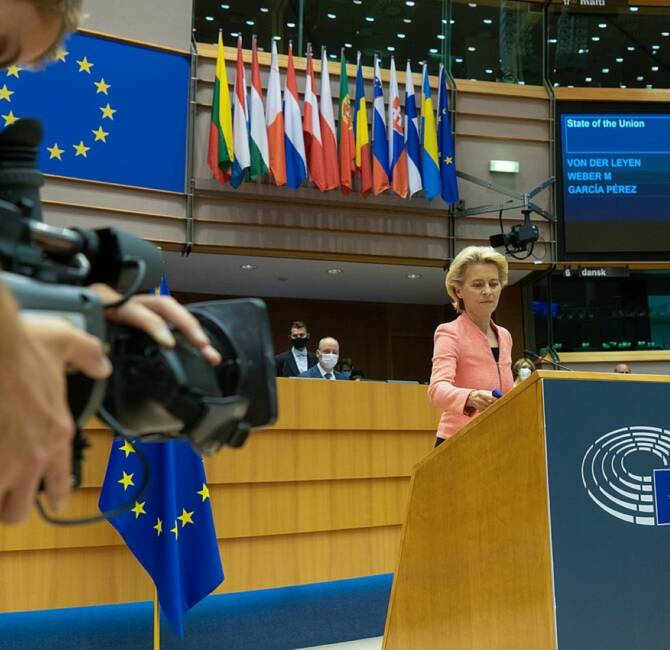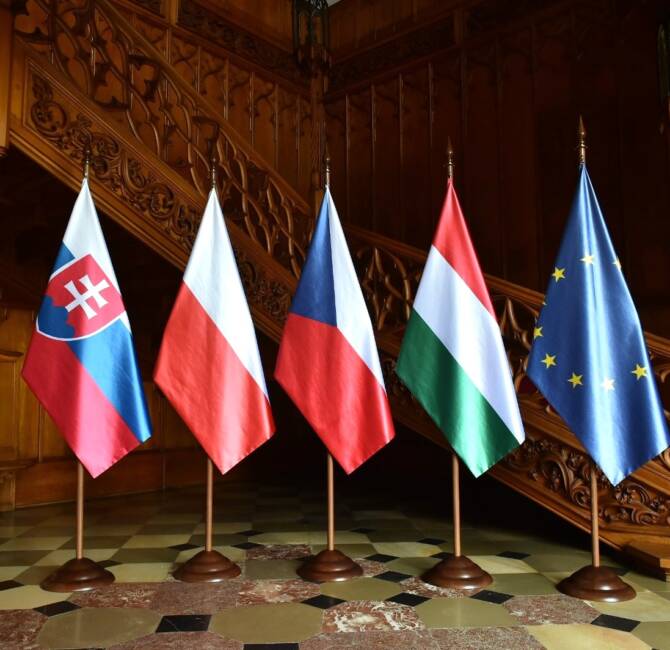“A great many people who try to reach Europe illegally, when they are detected, immediately file an application to avoid immediate deportation and drag out the situation over time” – says Jan Wójcik, a migration researcher at The Opportunity Foundation, regular columnist to the international relations magazine Układ Sił, and writer for Infosecurity24 and Dziennik Gazeta Prawna outlets.
Full interview in English published on Sovereignty.pl on 24 July 2023. To see the full version in English on Sovereignty.pl, click here.
Karol Gac: At the beginning of our conversation, I would like to ask you to sort out the terms related to immigration. There are at least several of them, and they are often used interchangeably, which is misleading.
Jan Wójcik: The broadest term is immigrant, which is a person who moves from one place to another, with the intention of staying there for a short or long period. This notion has subcategories, or what it introduces to us is an amalgamation. After all, a person can move because of a difficult situation related to, for example, war, persecution, and then he becomes a refugee. We usually assume implicitly that such a person will be granted refugee status, because de facto, formally one becomes a refugee when one receives international protection from the state. Sometimes such people are also referred to as “asylum seekers,” in which case they are those who submit relevant applications.
Today’s situation is problematic in that a great many people who try to reach Europe illegally, when they are detected, immediately file an application to avoid immediate deportation and drag out the situation over time. The person is then technically an asylum seeker, but in reality is an economic migrant, i.e. someone who wants to improve their living conditions. So a lot depends on whether we look at the issue from a legal angle or based on our guesses.
Karol Gac: Where are Europe-headed immigrants coming from? What are the main directions and migration routes?
Jan Wójcik: If we are talking about illegal immigration, it is mainly people from Africa, the Middle East, and Asia (central and south-east). However, it is important to remember that we are talking about dynamic processes, hence there are changes. For example, in 2022 a very large number of people came from Afghanistan and Syria, but this year this is changing and we are seeing more and more citizens of Pakistan, Guinea, and Cameroon, for example. Immigration from Ivory Coast has also increased more than eightfold (from 900 to almost 8,000 people in the first quarter).
As for migration routes, there are some dynamics taking place here as well. The most popular route for illegal entry into the EU is the so-called Central Mediterranean route, which runs either from Libya or Tunisia to Italy. Between 2014-2015, we saw the highest migration on the so-called eastern Mediterranean route, leading through Turkey and Greece, which later turns into the so-called Balkan route. That year, the Western Balkan route was very popular. However, the countries along the route have taken a number of measures to put a bit of a damper on it. At the end of 2022, for example, there was a blockade of the expansion of the Schengen zone to Bulgaria and Romania by Austria, which claimed that these countries were not sufficiently protecting the EU border. As you can see, the presence of migrants also has its political consequences.
[…]




